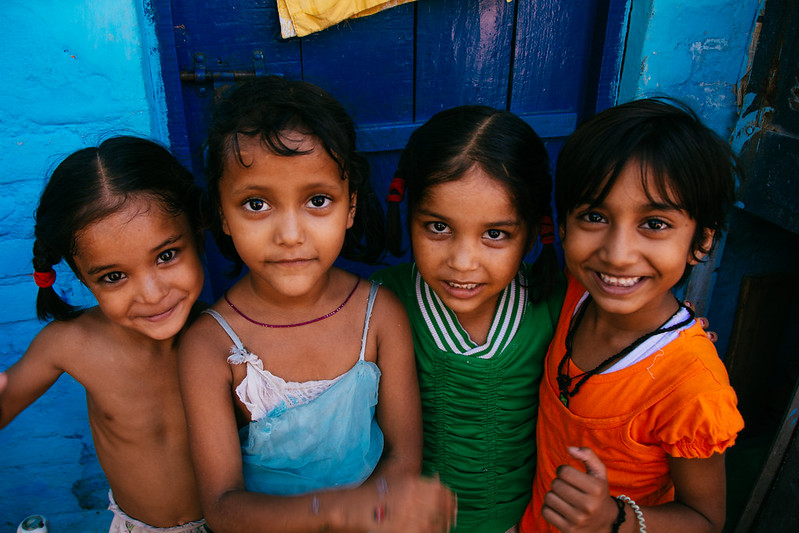 During April 2021, COVID-19 cases and deaths started to rise exponentially in India. There were more than 500,000 cases and 300,000 deaths. Because of the rapid increase of cases, Anuradha Palakurthi, an actress and founder of the Vax India Now organization, decided to host a virtual event to raise money to fight against the COVID-19 crisis in India.
During April 2021, COVID-19 cases and deaths started to rise exponentially in India. There were more than 500,000 cases and 300,000 deaths. Because of the rapid increase of cases, Anuradha Palakurthi, an actress and founder of the Vax India Now organization, decided to host a virtual event to raise money to fight against the COVID-19 crisis in India.
The COVID-19 Crisis in India
In September 2020, India braced itself for the pandemic. Cases peaked at 93,000 per day, less than one-third of the daily tallies India reported in April. However, it is believed that India succeeded in achieving herd immunity due to the young population. The median age in India is 27, and only 6.4% of the population is over the age of 65. Due to this, India achieved peace for a while until the second wave hit.
After the first wave, many citizens in India stopped taking safety precautions. Children returned to school, adults returned to their jobs and large weddings and political campaigns became normal again. Because of this lack of precautions, the second wave greatly affected India. Hospitals were overwhelmed with a lack of supplies, space and staff. Moreover, due to the lack of vaccines that the government ordered, only about 4.3% of India was vaccinated. The second wave brought a new variant.
This new variant is called B.1.617, also known as “the double mutant.” The variant targets everyone, including the younger population. This has caused more traffic in hospitals and a larger gap between the number of patients and staff members. Facing panic in the country, Indian American actor Anuradha Palakurthi decided to bring people together to fight against the COVID-19 crisis in India through the power of music and donations.
Singers Supporting India through Vax India Now
Vax India Now hosted a virtual event on July 7, 2021. The purpose of the event was to raise awareness of the ongoing COVID-19 vaccination shortage in India. The live streaming event featured singers from both the U.S. and India. Celebrities like Gloria Estefan, Alan Walker, Josh Groban, Anil Kapoor, Hasan Minhaj and more signed on to attend Vax India Now and made an appearance at the event. The event shed a spotlight on the COVID-19 crisis in India and informed viewers on how they can help save lives.
The Actress Who Started it All
Anuradha Palakurthi, who started a foundation based in New England that supports the promotion of Indian culture, is the organizer of this virtual event. Palakurthi and her husband, Prasanth Palakurthi, proposed doing something truly significant on a worldwide scale to help India. Ultimately, this resulted in the creation of Vax India Now.
From there, the Palakurthis contacted the Giving Back Fund, a national nonprofit organization that encourages and funds nonprofit organizations, corporations and others who want to help the world. Marc Pollick, the founder of the Giving Back Fund, jumped at the opportunity to help fund the event. Vax India Now and the Giving Back Fund are working together to make the event possible and to tell the world about the COVID-19 crisis in India.
The website for Vax India Now offers a place to donate to support the cause. For those interested in alleviating the COVID-19 crisis in India, the websites of organizations like Care India, Project HOPE and UNICEF USA offer multiple ways to get involved in the cause. Hopefully, with the efforts of India’s government, international humanitarian organizations, and Vax India Now, more of India’s population will be vaccinated soon.
– Aahana Goswami
Photo: Flickr
 Forced labor and commercial sexual exploitation of children are forms of human trafficking occurring around the world, including Bhutan. Limited research means
Forced labor and commercial sexual exploitation of children are forms of human trafficking occurring around the world, including Bhutan. Limited research means 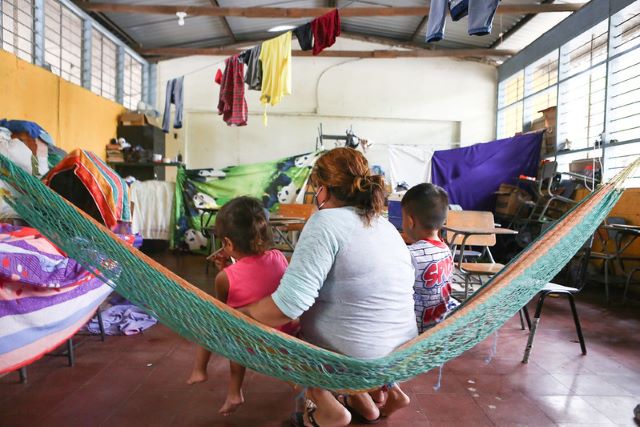 In November 2020, Hurricane Eta and Hurricane Iota made landfall just two weeks apart in northeastern Nicaragua. The hurricanes spread across Central America. Honduras was one of the countries hit with severe destruction. In the wake of these storms, homelessness in Honduras reached all-time highs and an active humanitarian crisis unfolded as humanitarian organizations and policymakers struggled to contend with flooding, displacement and the spread of COVID-19. The aftermath of hurricanes in Honduras requires urgent humanitarian aid.
In November 2020, Hurricane Eta and Hurricane Iota made landfall just two weeks apart in northeastern Nicaragua. The hurricanes spread across Central America. Honduras was one of the countries hit with severe destruction. In the wake of these storms, homelessness in Honduras reached all-time highs and an active humanitarian crisis unfolded as humanitarian organizations and policymakers struggled to contend with flooding, displacement and the spread of COVID-19. The aftermath of hurricanes in Honduras requires urgent humanitarian aid.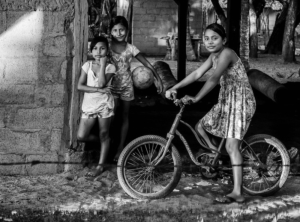 In Nicaragua, 30% of people live below the poverty line, making it the poorest nation in Central America. Not surprisingly, the risk of major infectious diseases in the nation was labeled as high in 2020. Therefore, a major step towards fighting poverty is to fight disease in Nicaragua.
In Nicaragua, 30% of people live below the poverty line, making it the poorest nation in Central America. Not surprisingly, the risk of major infectious diseases in the nation was labeled as high in 2020. Therefore, a major step towards fighting poverty is to fight disease in Nicaragua.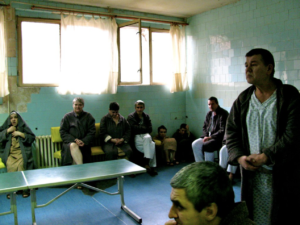
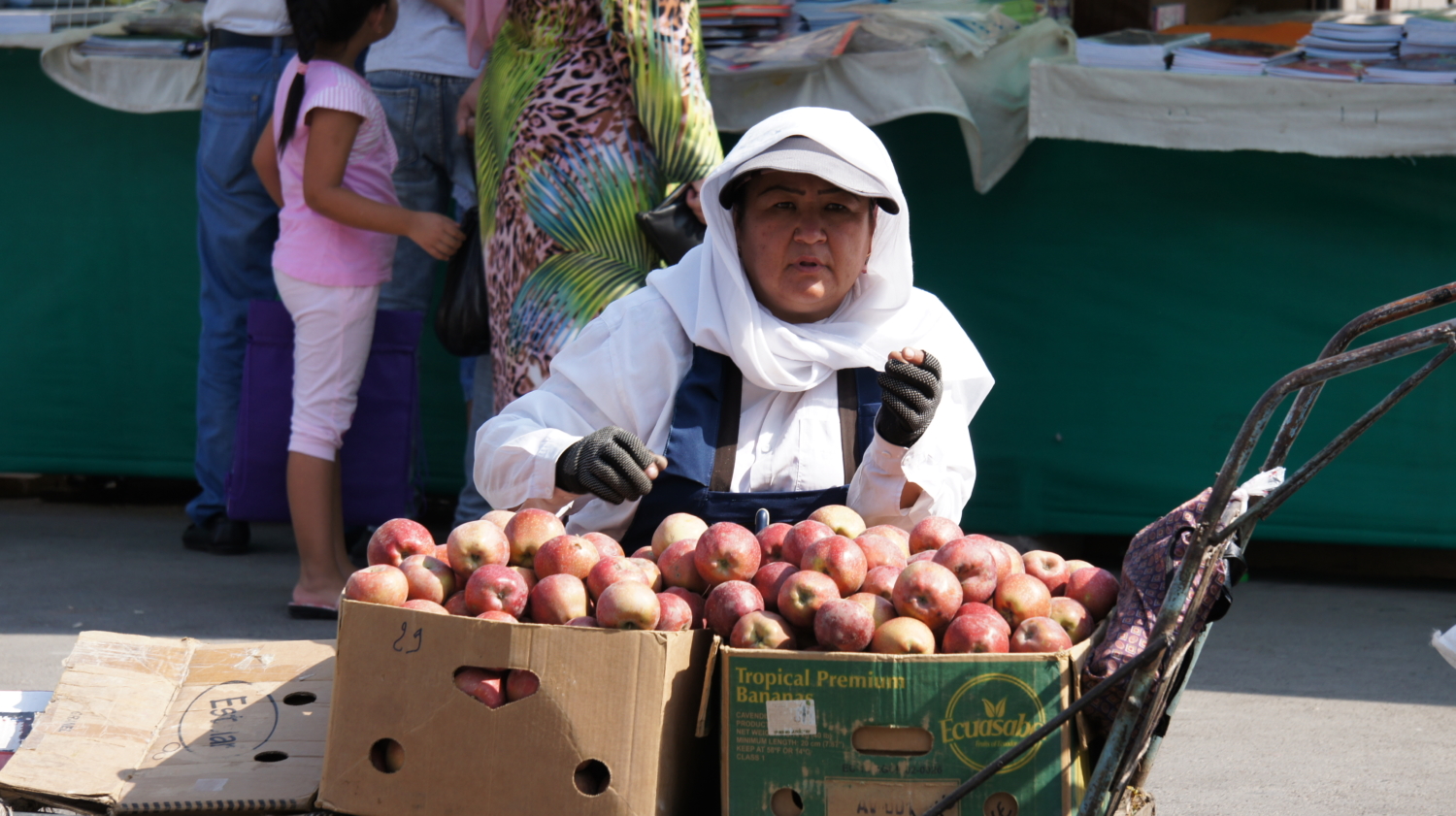 Uzbekistan is a former Soviet country and many consider it to be the population center of Asia with a young population. Since its independence in 1991, the country has diversified its agriculture, while keeping a significant agricultural base to its economy. The
Uzbekistan is a former Soviet country and many consider it to be the population center of Asia with a young population. Since its independence in 1991, the country has diversified its agriculture, while keeping a significant agricultural base to its economy. The 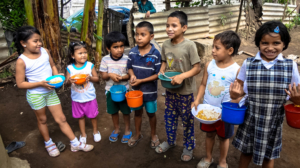


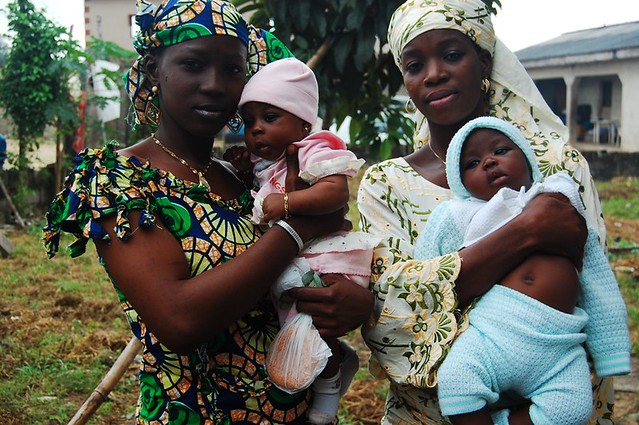 Project HOPE stands for Health Opportunities for People Everywhere. It is an international health and humanitarian relief organization. The organization works to strengthen and improve health systems around the globe. Founded in 1958, Project HOPE responds to health crises and disasters but often stays in areas long after a disaster has hit to address other neglected health issues. Project HOPE entered Sierra Leone in 2014 in response to the Ebola outbreak. After sending an emergency response team and shipments of medical supplies to help contain the outbreak, permanent Project HOPE health workers remained in Sierra Leone. Now, their biggest health concern is to improve maternal and neonatal health in Sierra Leone.
Project HOPE stands for Health Opportunities for People Everywhere. It is an international health and humanitarian relief organization. The organization works to strengthen and improve health systems around the globe. Founded in 1958, Project HOPE responds to health crises and disasters but often stays in areas long after a disaster has hit to address other neglected health issues. Project HOPE entered Sierra Leone in 2014 in response to the Ebola outbreak. After sending an emergency response team and shipments of medical supplies to help contain the outbreak, permanent Project HOPE health workers remained in Sierra Leone. Now, their biggest health concern is to improve maternal and neonatal health in Sierra Leone.